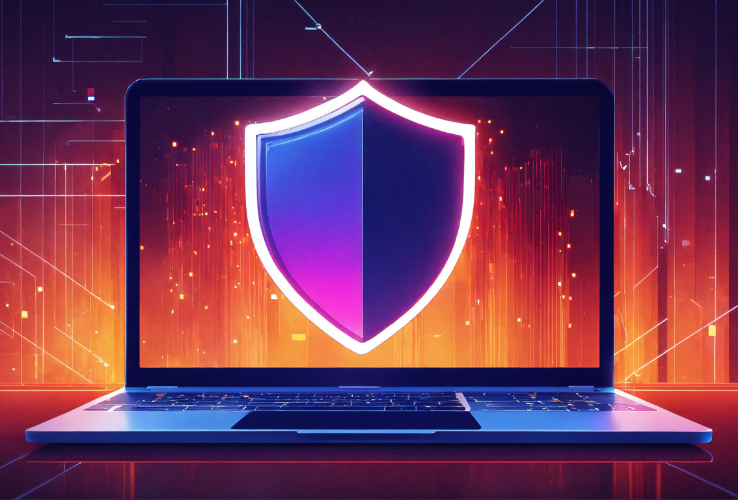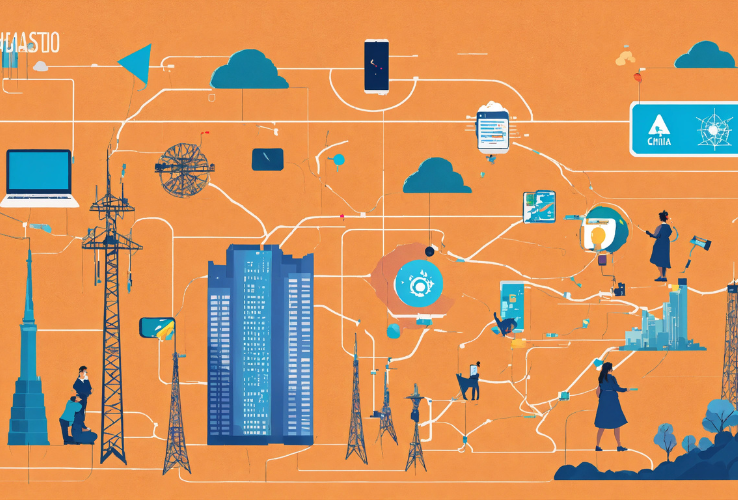Cybersecurity in the Telco Sector: Safeguarding Against Emerging Threats
The telecommunications (telco) industry sits at the core of a connected world, enabling seamless communication, powering digital ecosystems, and supporting the rise of smart technologies. Yet, this central role makes telecom companies prime targets for cyberattacks. As ransomware, distributed denial-of-service (DDoS) attacks, and advanced persistent threats (APTs) grow in sophistication and frequency, the need for robust cybersecurity measures in the telco sector has never been greater.
Cybercriminals view telcos as high-value targets not just because of their data-rich networks but also because of their role as critical infrastructure providers. A successful attack on a telco can ripple across industries, disrupting businesses, governments, and consumers alike. In response, telecom operators are fortifying their cybersecurity strategies, leveraging advanced technologies and proactive measures to safeguard their networks and maintain trust in an increasingly digital world.

The Evolving Threat Landscape
The threats facing the telco sector are dynamic and multifaceted, reflecting the complex nature of modern telecommunications networks:
Ransomware Attacks
Ransomware has become a leading threat, with attackers encrypting critical data and demanding payment for its release. In the telco industry, these attacks can disrupt essential services, compromise customer data, and damage reputations.DDoS Attacks
DDoS attacks flood networks with illegitimate traffic, overwhelming servers and causing outages. Telecom networks, which handle massive amounts of data, are particularly vulnerable. These attacks can lead to service disruptions and significant financial losses.Supply Chain Vulnerabilities
As telcos increasingly rely on third-party vendors and technologies, they expose themselves to potential vulnerabilities in the supply chain. Attackers often exploit these weak links to infiltrate networks.Espionage and State-Sponsored Attacks
Telecom networks are attractive targets for espionage due to the sensitive information they carry. State-sponsored cyberattacks often aim to intercept communications or disrupt infrastructure.Emerging 5G Risks
The rollout of 5G networks introduces new attack surfaces. While 5G enhances speed and connectivity, its decentralized architecture and reliance on software-defined networks create additional security challenges.
Fortifying Cybersecurity in the Telco Sector
Telecom companies are adopting a multi-layered approach to cybersecurity, combining advanced technologies with strategic measures to address these evolving threats:
1. Advanced Threat Detection and Response
Telecom operators are investing in AI-powered tools and machine learning algorithms to identify and mitigate threats in real time. These systems analyze network traffic patterns, detect anomalies, and respond to potential attacks before they escalate.
For example, predictive analytics can identify early indicators of a DDoS attack, allowing operators to deploy countermeasures and maintain service continuity.
2. Zero Trust Architecture
The Zero Trust security model operates on the principle of “never trust, always verify.” Telcos are implementing Zero Trust frameworks to ensure that every user, device, and application attempting to access the network is authenticated and authorized. This minimizes the risk of insider threats and unauthorized access.
3. Network Segmentation
Segmenting networks into smaller, isolated zones limits the lateral movement of attackers once they gain access. For instance, if one part of the network is compromised, segmentation prevents the breach from spreading to critical systems or customer data.
4. Supply Chain Security
Telcos are conducting rigorous security assessments of third-party vendors and partners. By ensuring that suppliers adhere to strict cybersecurity standards, operators can reduce vulnerabilities in their supply chains.
5. DDoS Mitigation Strategies
To combat DDoS attacks, telecom companies are deploying scalable defense mechanisms, such as scrubbing centers and cloud-based mitigation services. These systems filter malicious traffic, ensuring that legitimate data flows uninterrupted.
Case Studies: Cybersecurity in Action
1. BT Group: AI-Driven Threat Management
The UK-based telecom giant BT Group uses AI and machine learning to monitor its global network for potential threats. The system identifies over 125,000 cyberattacks per month, enabling swift and effective responses.
2. AT&T: Proactive DDoS Mitigation
AT&T has implemented advanced DDoS mitigation solutions that protect its network and customers from large-scale attacks. By integrating real-time traffic analysis and automated response mechanisms, the company minimizes downtime and ensures service reliability.
3. Huawei: 5G Security Innovations
As a major player in 5G infrastructure, Huawei has developed robust security solutions tailored to 5G networks. These include end-to-end encryption, secure authentication protocols, and AI-driven intrusion detection systems.

Challenges in Telco Cybersecurity
Despite significant advancements, telecom companies face several challenges in their cybersecurity efforts:
Complex Network Architecture
Modern telecom networks are vast and interconnected, making it difficult to monitor and secure every node. The shift to 5G further increases this complexity.Evolving Threats
Cybercriminals constantly adapt their tactics, requiring telcos to stay ahead with innovative defense strategies.Talent Shortages
The cybersecurity industry faces a global talent shortage, leaving telcos competing for skilled professionals to manage and defend their networks.Cost Pressures
Implementing advanced cybersecurity measures can be expensive, particularly for smaller telecom operators.
The Future of Cybersecurity in Telecommunications
As the telco sector continues to evolve, cybersecurity will remain a top priority. Emerging trends include:
- AI and Automation: Advanced AI-driven tools will play a larger role in detecting and mitigating threats at scale.
- Blockchain for Network Security: Blockchain technology offers potential for secure data sharing and tamper-proof transaction records, reducing risks in telecom operations.
- Quantum-Resistant Encryption: As quantum computing becomes a reality, telcos will adopt quantum-resistant encryption methods to protect sensitive data.

